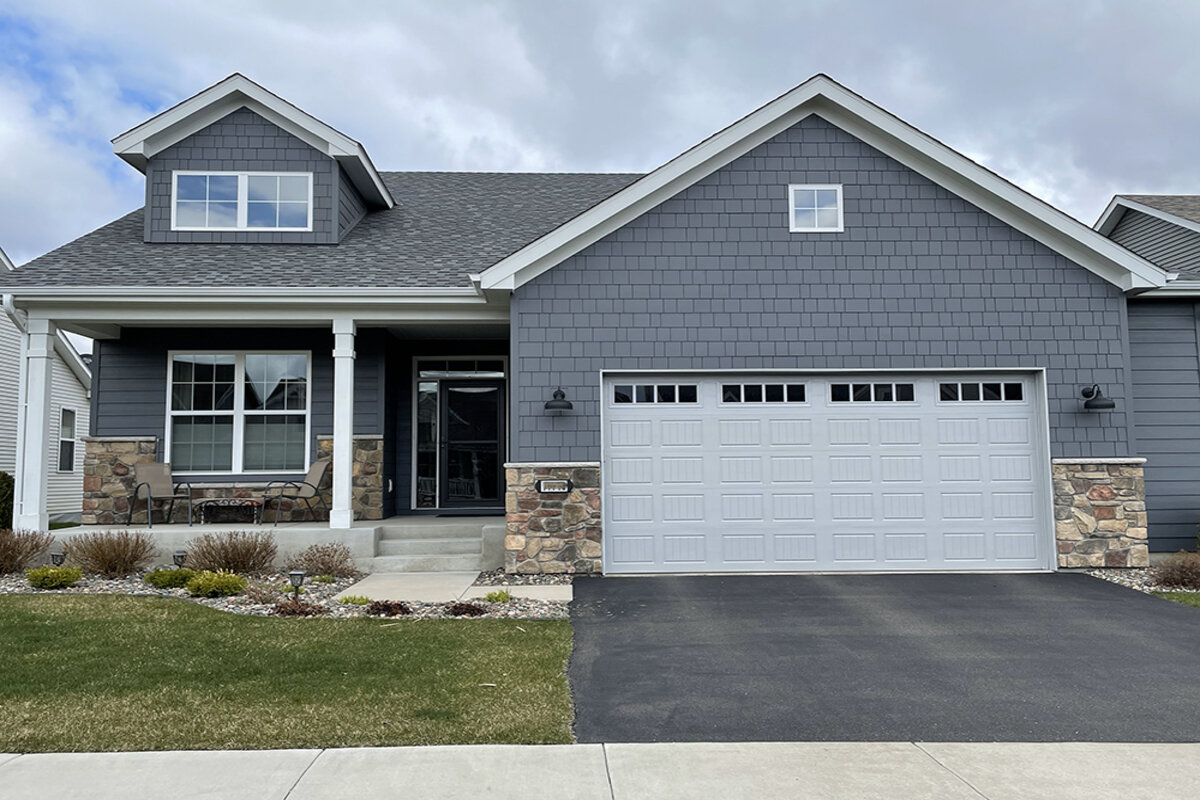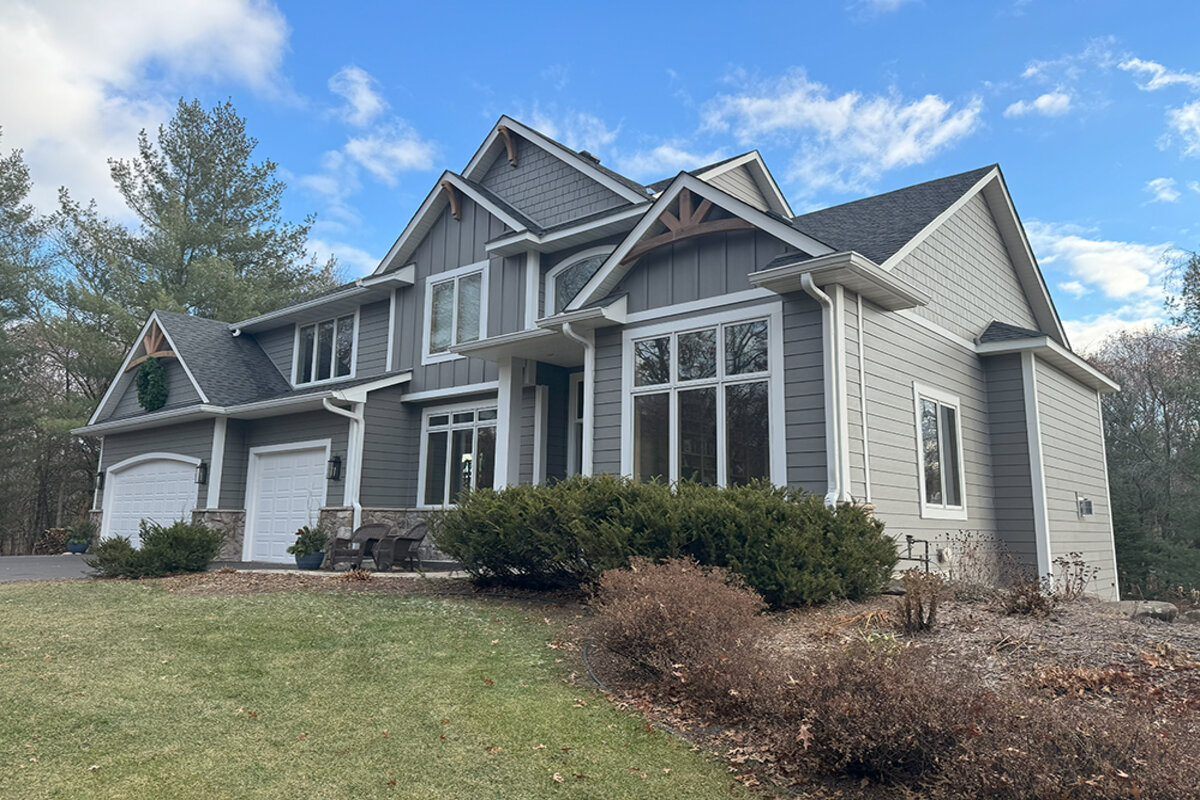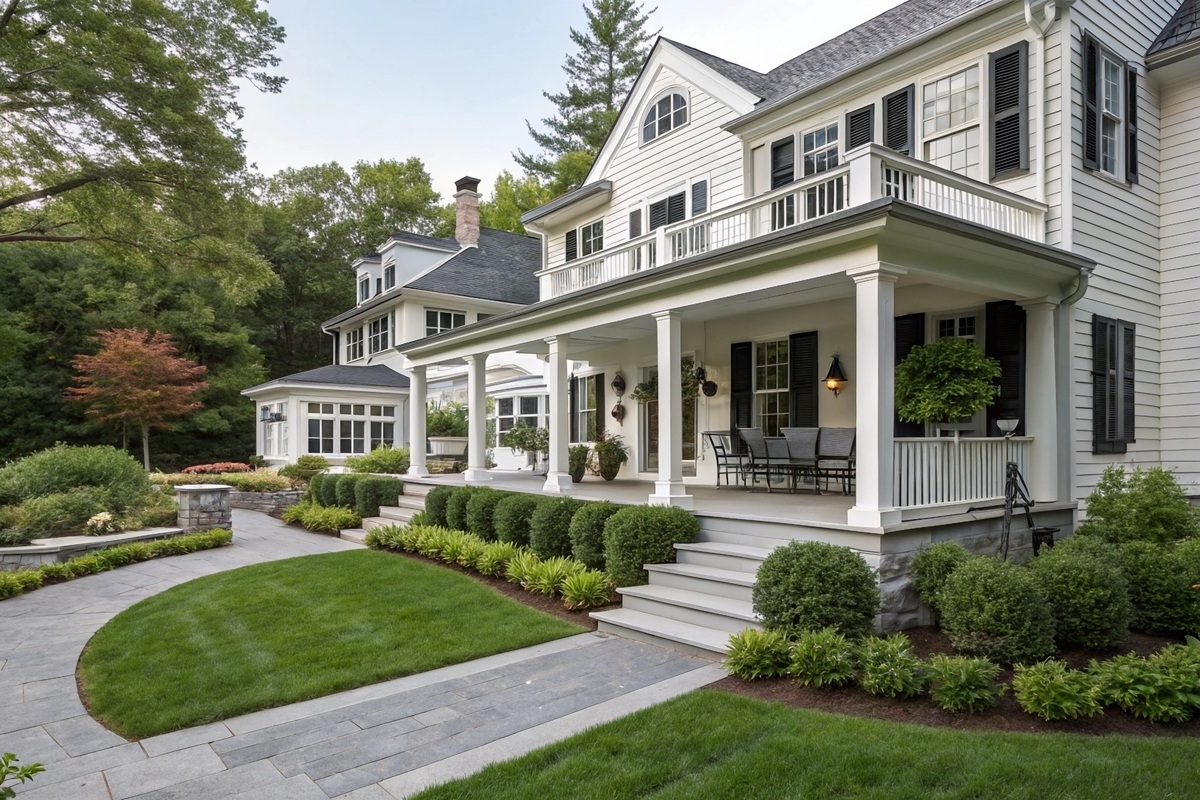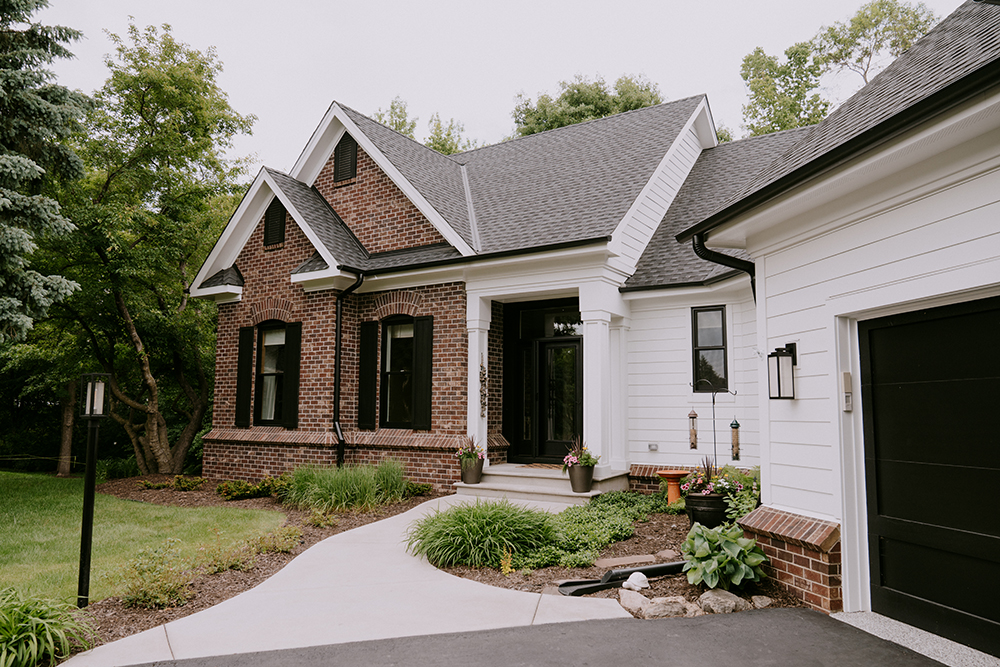James Hardie siding is a standout choice for homeowners who prioritize durability, aesthetics, and low maintenance for their home exteriors. Known for its strength and stylish look, this siding option is increasingly popular in various regions. But what exactly goes into this material? Here, we’ll uncover the components and the production techniques that make James Hardie siding a preferred choice for protecting and beautifying homes.
Understanding James Hardie Siding
James Hardie siding is primarily made from fiber cement, a composite material that combines the strength of cement with the versatility of fibers. This blend results in a highly durable product that can withstand severe weather, fire, and moisture, making it an excellent choice for various climates.
Components of Fiber Cement Siding
Fiber cement siding from James Hardie consists of several key ingredients:
- Portland Cement: This is the primary binder in the material, providing strength and rigidity.
- Sand: Sand is used as a filler, adding bulk and stability to the siding.
- Cellulose Fibers: These wood fibers help to reinforce the cement, preventing cracking and adding flexibility.
- Water: Water activates the cement and helps in the initial mixing and setting process.
These materials are combined under high-pressure steam, which cures the mixture into a stable, dense board that is both functional and aesthetically pleasing.
The Benefits of Fiber Cement Siding
Choosing James Hardie siding offers several advantages, making it a preferred choice for many homeowners. Here’s why:
- Durability: The unique composition of fiber cement provides resistance against rot, warping, and swelling.
- Fire Resistance: Being largely made of sand and cement, James Hardie siding is non-combustible.
- Pest Resistance: Unlike wood, fiber cement does not attract pests like termites or carpenter ants.
- Aesthetic Flexibility: This siding is available in a wide range of colors and textures, mimicking the look of more traditional materials like wood or stone.
Installation and Maintenance
Installing fiber cement siding requires professional expertise due to its weight and the specific techniques needed for cutting and handling the material. Once installed, however, it offers a low-maintenance solution for homeowners. It typically only needs washing with a hose and mild detergent to maintain its appearance. It also holds paint well, often longer than wood, reducing the frequency of repainting.
Environmental Impact
James Hardie is committed to sustainable practices in the manufacturing of their fiber cement siding. The durability and longevity of the product contribute to its environmental friendliness, as it needs to be replaced less frequently than other types of siding. Additionally, James Hardie uses sustainable raw materials like sand and cellulose fibers, reducing the environmental footprint of their products.
In Summary
Choosing the right siding for your home involves considering the long-term benefits and maintenance of the materials. Hardie siding, made primarily from durable and sustainable fiber cement, offers an excellent balance of durability, aesthetic appeal, and environmental responsibility.
If you’re interested in this siding option or have more questions, feel free to contact us for more information or to discuss your specific needs.




















